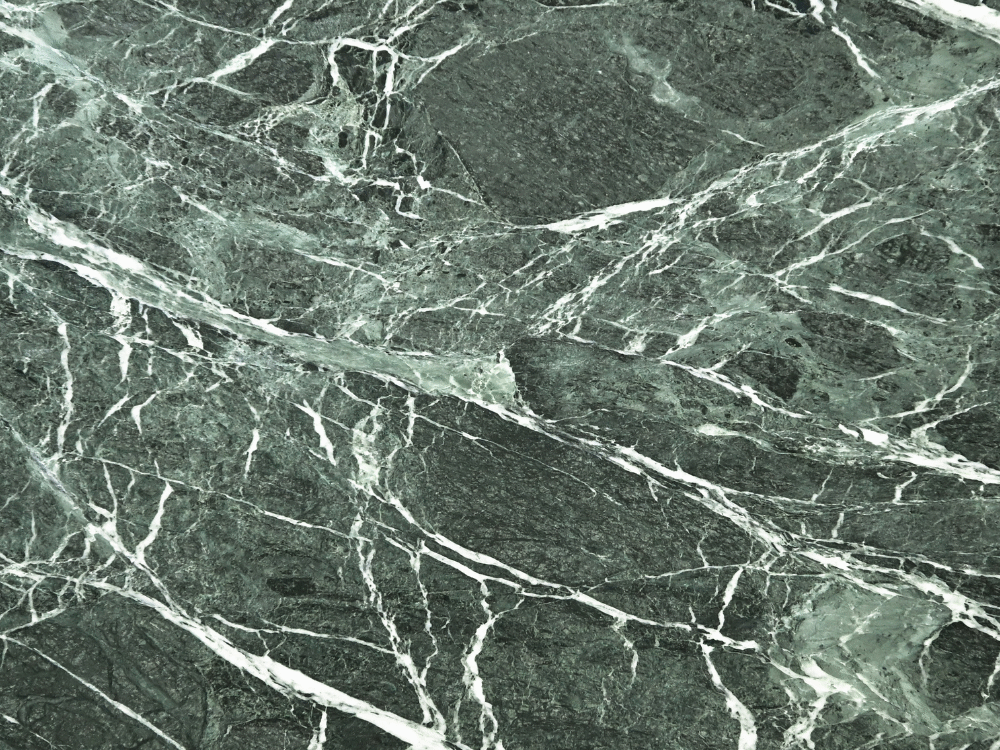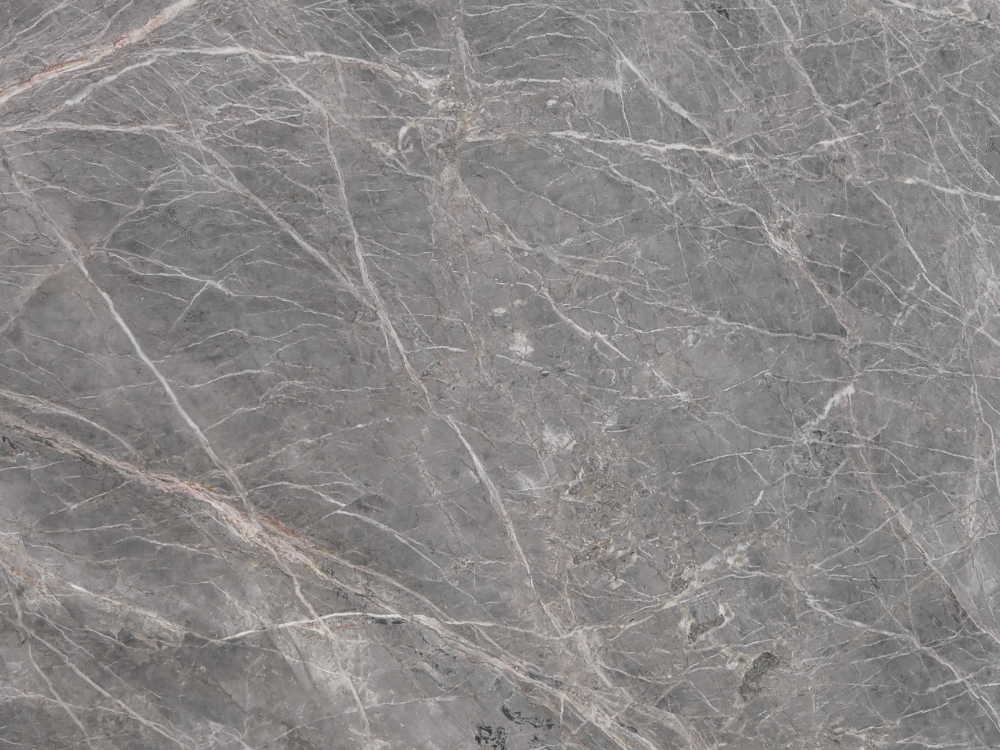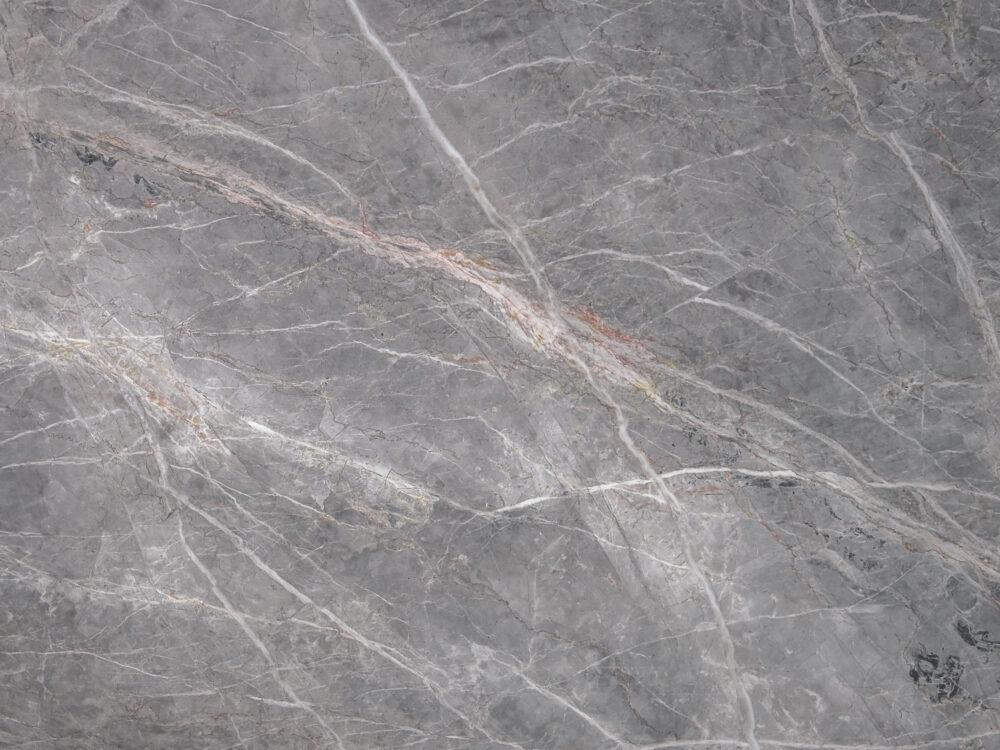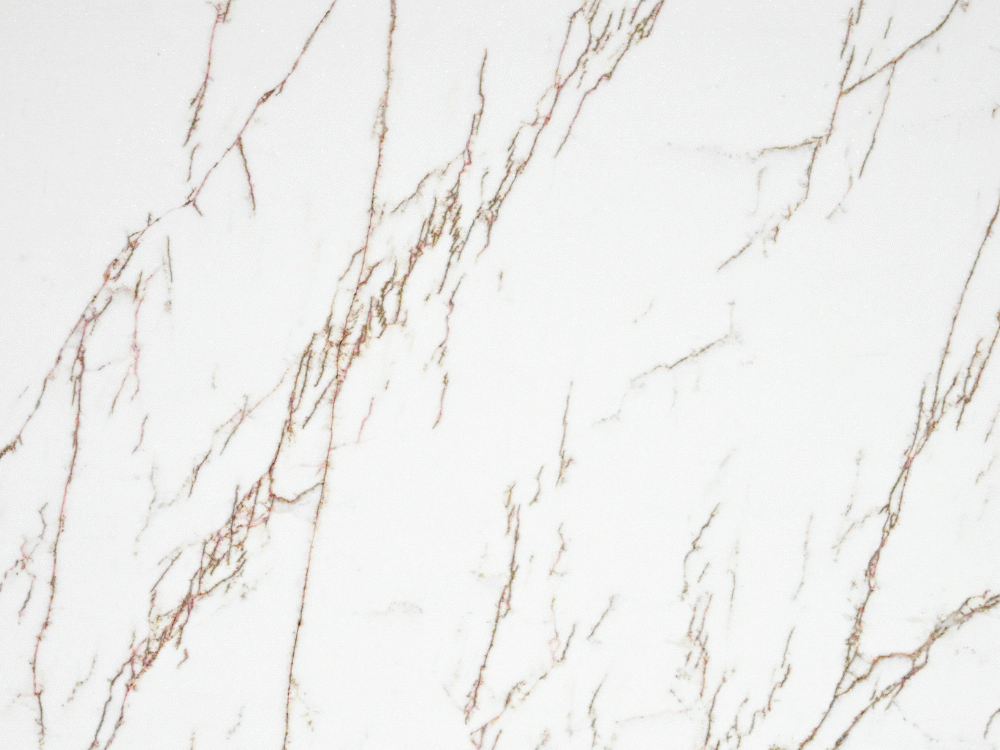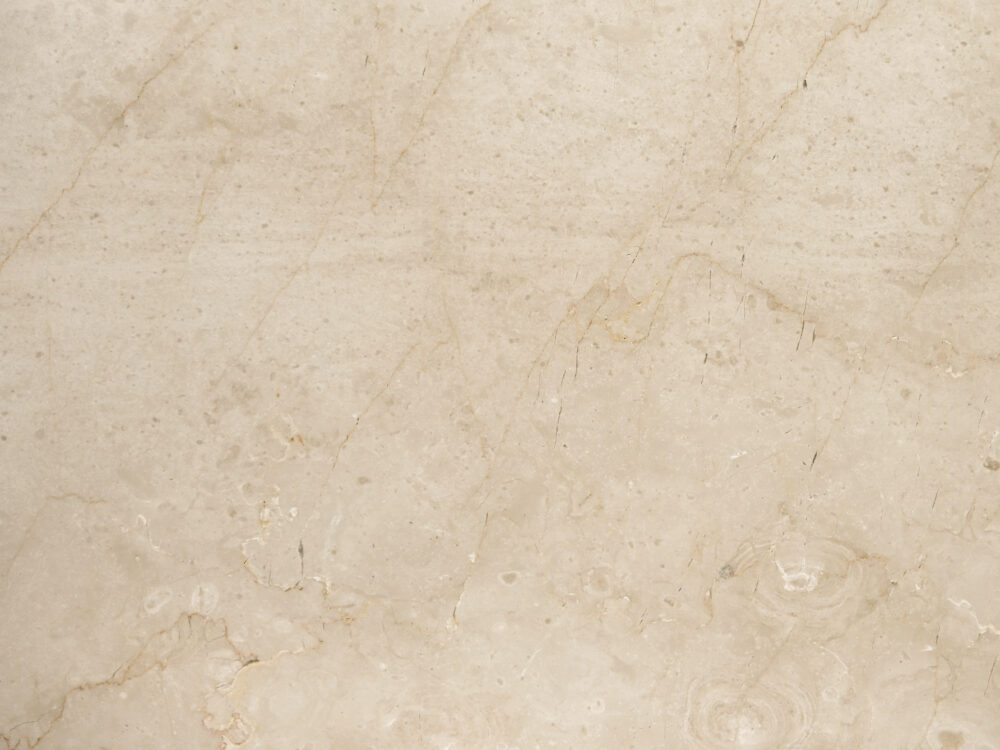How to Select the Best Natural Stone for Outdoor Kitchen Surfaces
Our Stone Slabs Range for Countertops
Different Types of Natural Stone Forfor Outdoor Kitchens
GRANITE
Granite benchtops are well recognized for their durability and natural beauty, making them one of the most preferred outdoor kitchen solutions. This igneous rock has the capacity to stand extreme weather conditions without fading in colour and causing damage. The natural resistance to heat, scratch, and stain makes this stone an ideal choice for high-traffic cooking areas that ensure longevity and timeless appeal.
marble
Marble benchtops bring elegance and luxury to any outdoor kitchen. With veining, unlike any other stone, and colour variations that range from soft pastels through to rich tones, marble is perfect when one wants to make a design statement. Compared to granite, though, it’s softer and more porous, requiring much more maintenance to avoid staining and weather-induced wear. It, therefore, requires careful handling and regular sealing.
Quartzite
Dolomite
Porcelain

Find the Perfect Stone for
Your Project
Factors to Consider When Choosing Natural Stone for Outdoor Kitchens
Durability and Weather Resistance
Maintenance Requirements
Aesthetic Compatibility
The stone you choose should complement the general design aesthetic of your outdoor space. The colours, patterns, and textures of stones will combine with other elements in your kitchen, like cabinetry, outdoor furniture, and landscaping. The right stone should enhance beauty in space and cohesively blend into the environment.
Heat Resistance
Stain and Scratch Resistance
cost
Common Mistakes to Avoid When Choosing Outdoor Kitchen Stone
Overlooking Environmental Compatibility
Choosing Based Solely on Appearance
Not Considering Maintenance Requirements
Underestimating the Cost Implications
Conclusion
The choice of natural stone to use for outdoor kitchen surfaces is one that will greatly influence the look, functionality, and durability of your outdoor space. You can choose the right stone that will, by meeting your functional requirements, increase the beauty of your home as well as its value by taking into consideration things such as the resistance of the stone to weather conditions, its maintenance needs, and finally the general cost of it. Investing in the right natural stone will ensure your outdoor kitchen remains the best gathering place for years to come.
Frequently Asked Questions (FAQs)
What is the best natural stone for outdoor kitchen surfaces?
How frequently should I seal my outdoor kitchen’s natural stone surfaces?
Can natural stone withstand harsh weather conditions?
Will natural stone surfaces stain?
How much does it cost to use natural stone in an outdoor kitchen?
Natural Stone Slab Supplier
Avant Stone brings together 20 years of stone industry experience to provide you with a range of globally sourced stone slabs including Marble slabs, Granite slabs and Quartzite Slabs.
We aim provide you quality service and distinctive stone products for your home or your commercial space. Avant Stone is the premier Stone Supplier of Granite, Quartzite and Marble slabs in Sydney.
Our showroom is located centrally in Greenacre, a mere 20 minutes from Sydney & Parramatta CBD.
Give us a call: 0298170037
Email us at: info@avantstone.com.au

